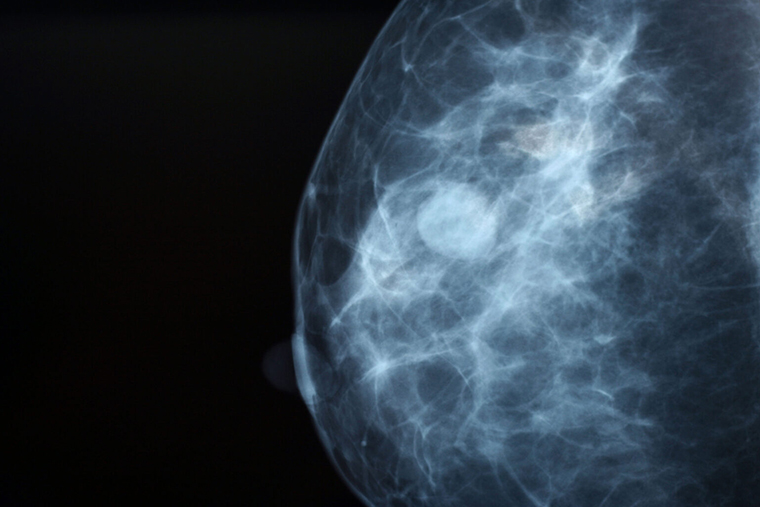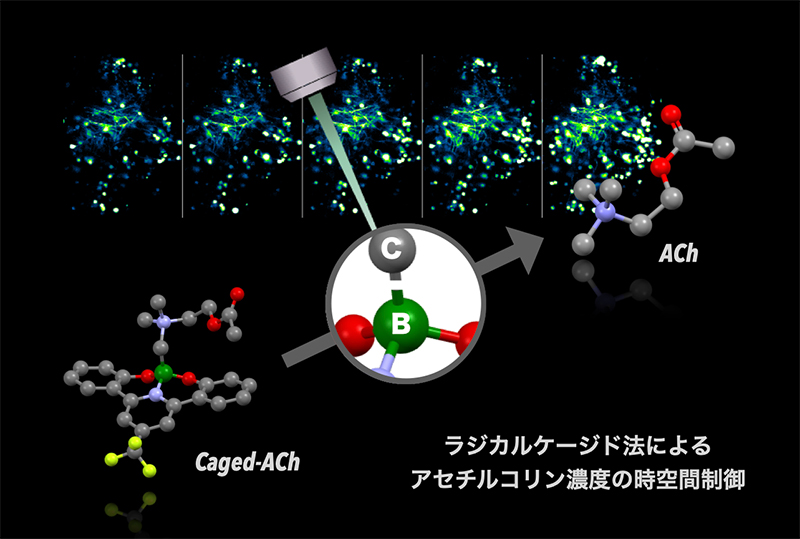COVID-19パンデミック 環境と私たちの体内の化学物質のレベルが上昇した。 COVID-19 pandemic increased levels of chemicals in the environment and our bodies
2023-05-09 ノースウェスタン大学
◆COVID-19パンデミックは、第四級アンモニウム化合物(QAC)などの抗菌化学物質の過剰使用を引き起こし、健康問題、抗菌剤耐性、環境への害に関連しています。多くの科学者による批判的なレビューでは、より安全な代替品があるにもかかわらず、ますます販売・使用されているQACsの危険性を警告しています。
◆QACsは、消毒液、ウェットティッシュ、手指消毒剤、パーソナルケア製品、繊維製品、塗料、医療器具などによく含まれています。科学者たちは、QACsの不必要な使用を排除し、すべての製品にQACsの完全な情報開示を義務付けるとともに、人や環境中のQACsの濃度を厳密に監視することを推奨しています。
<関連情報>
- https://news.northwestern.edu/stories/2023/05/scientists-warn-of-disinfectant-overuse/
- https://pubs.acs.org/doi/10.1021/acs.est.2c08244
第4級アンモニウム化合物: 新たに懸念される化学物質の一種 Quaternary Ammonium Compounds: A Chemical Class of Emerging Concern
William A. Arnold, Arlene Blum, Jennifer Branyan, Thomas A. Bruton, Courtney C. Carignan, Gino Cortopassi, Sandipan Datta, Jamie DeWitt, Anne-Cooper Doherty, Rolf U. Halden, Homero Harari, Erica M. Hartmann, Terry C. Hrubec, Shoba Iyer, Carol F. Kwiatkowski*, Jonas LaPier, Dingsheng Li, Li Li, Jorge G. Muñiz Ortiz, Amina Salamova, Ted Schettler, Ryan P. Seguin, Anna Soehl, Rebecca Sutton, Libin Xu, and Guomao Zheng
Environment Science & Technology Published:May 8, 2023
DOI:https://doi.org/10.1021/acs.est.2c08244

Abstract
Quaternary ammonium compounds (QACs), a large class of chemicals that includes high production volume substances, have been used for decades as antimicrobials, preservatives, and antistatic agents and for other functions in cleaning, disinfecting, personal care products, and durable consumer goods. QAC use has accelerated in response to the COVID-19 pandemic and the banning of 19 antimicrobials from several personal care products by the US Food and Drug Administration in 2016. Studies conducted before and after the onset of the pandemic indicate increased human exposure to QACs. Environmental releases of these chemicals have also increased. Emerging information on adverse environmental and human health impacts of QACs is motivating a reconsideration of the risks and benefits across the life cycle of their production, use, and disposal. This work presents a critical review of the literature and scientific perspective developed by a multidisciplinary, multi-institutional team of authors from academia, governmental, and nonprofit organizations. The review evaluates currently available information on the ecological and human health profile of QACs and identifies multiple areas of potential concern. Adverse ecological effects include acute and chronic toxicity to susceptible aquatic organisms, with concentrations of some QACs approaching levels of concern. Suspected or known adverse health outcomes include dermal and respiratory effects, developmental and reproductive toxicity, disruption of metabolic function such as lipid homeostasis, and impairment of mitochondrial function. QACs’ role in antimicrobial resistance has also been demonstrated. In the US regulatory system, how a QAC is managed depends on how it is used, for example in pesticides or personal care products. This can result in the same QACs receiving different degrees of scrutiny depending on the use and the agency regulating it. Further, the US Environmental Protection Agency’s current method of grouping QACs based on structure, first proposed in 1988, is insufficient to address the wide range of QAC chemistries, potential toxicities, and exposure scenarios. Consequently, exposures to common mixtures of QACs and from multiple sources remain largely unassessed. Some restrictions on the use of QACs have been implemented in the US and elsewhere, primarily focused on personal care products. Assessing the risks posed by QACs is hampered by their vast structural diversity and a lack of quantitative data on exposure and toxicity for the majority of these compounds. This review identifies important data gaps and provides research and policy recommendations for preserving the utility of QAC chemistries while also seeking to limit adverse environmental and human health effects.


